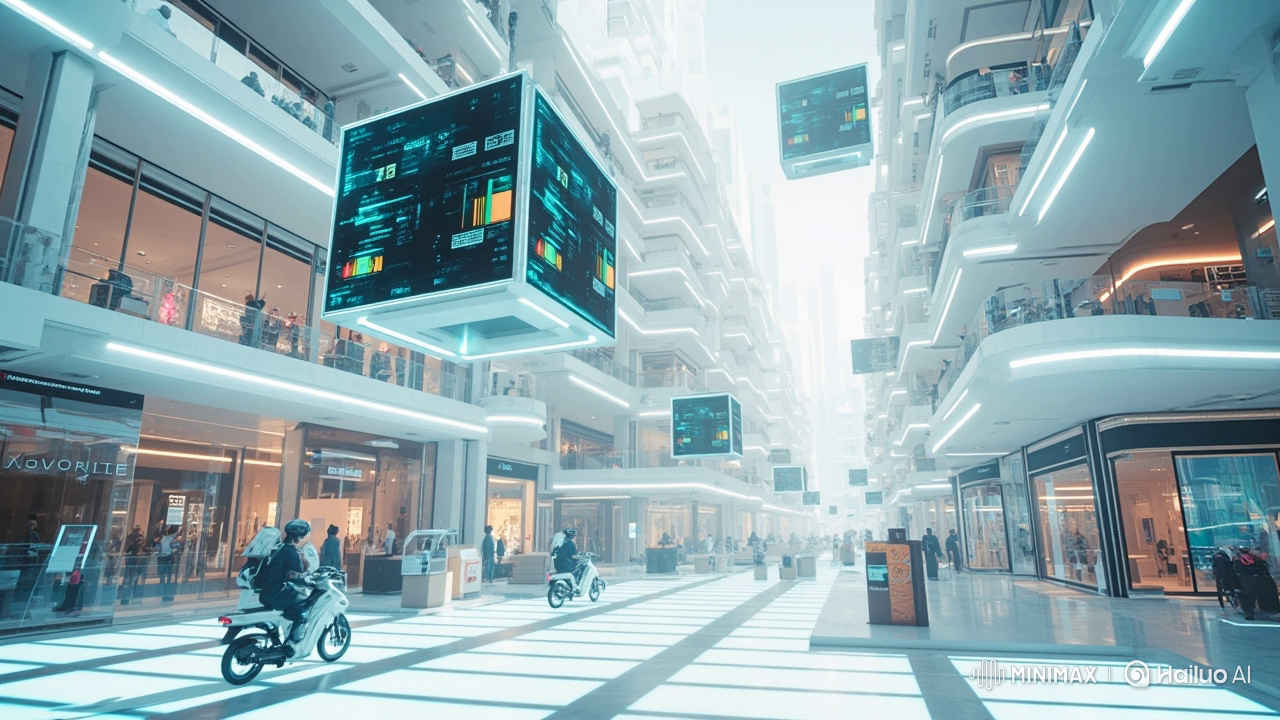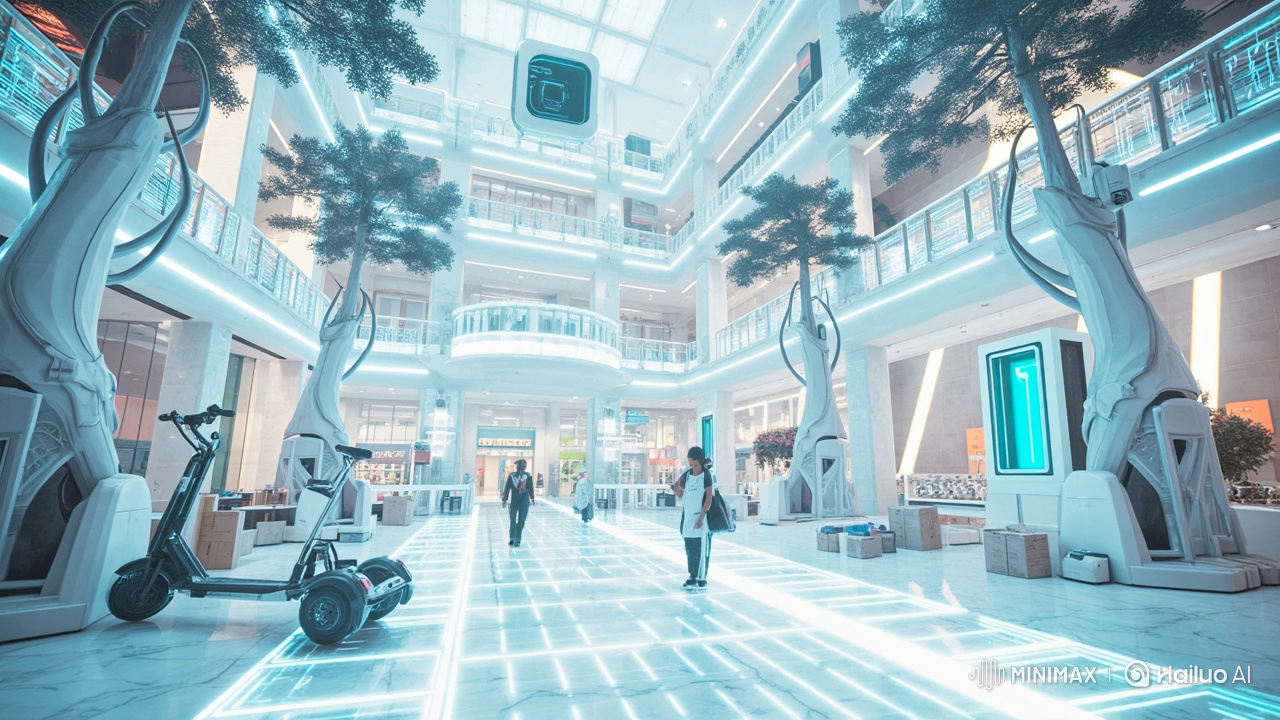
uminai Blog
AI-Powered Intelligent Products & the Model Context Protocol

How OpenAI and MCP Are Transforming Real-World Automation, Robotics, and Everyday Life
1. From Isolated Algorithms to Intelligent Products
Just a few years ago, “AI” usually meant cloud-hosted models hidden behind APIs. Today the line between software intelligence and physical product experience is blurring fast:
- On-device AI chips run large language models (LLMs) locally.
- Edge sensors stream real-time data into ever-smarter decision loops.
- Connected tooling—from drones to coffee machines—now ships with firmware that can reason, converse, and self-optimize.
These hybrid experiences are called Intelligent Products: physical or digital goods whose value grows over time through embedded AI, continuous data, and dynamic context.
2. Why the Model Context Protocol (MCP) Matters
LLMs are great at language, but they’re even more powerful when they can call tools—databases, APIs, robots, IoT devices—on demand. MCP standardizes that handshake:
| Traditional LLM Call | MCP-Enabled Call |
|---|---|
| “Answer this question.” | “Here’s the question and a toolkit; pick which tool to run, pass parameters, and loop back with results.” |
- Context Objects carry structured metadata (location, sensor readings, user prefs).
- Tool Contracts describe what a function does, its arguments, and guard-rails.
- Event Streams keep a conversational loop alive, so AI can iterate step-by-step.
The payoff: any OpenAI model (or local Ollama model, or Anthropic’s Claude) can reason about which action to take, invoke it, inspect the response, then decide what to do next—all without bespoke glue code for every product.
3. OpenAI’s Role in the Ecosystem
OpenAI models such as GPT-4o bring three superpowers to MCP:
- Multimodal reasoning (vision + voice + text).
- Long-context windows big enough for product passports, maintenance logs, and telemetry.
- Native tool-calling that lines up 1-to-1 with MCP’s schema.
4. Real-World Use Cases
4.1 Manufacturing & Industry 4.0
- A CNC machine streams spindle vibration data. GPT-4o spots an anomaly, calls a preventive-maintenance tool, and schedules downtime—before anyone notices.
- An assembly-line cobot receives verbal instructions: “swap to the small torque bit,” then rewrites its G-code on the fly.
4.2 Smart Supply Chains
- Each pallet sports an RFID/DID. An MCP agent verifies location, temperature, ESG compliance, then pushes a verifiable credential to the blockchain.
- Customs brokers ask in plain English: “Show all pallets with recycled-plastic casings headed to Rotterdam.”
4.3 Healthcare & Assistive Robotics
- A telepresence bot reads a patient chart, then suggests dosage adjustments to a clinician via secure chat.
- Operating-room lights auto-adjust after the LLM predicts glare angles from procedure notes.
4.4 Retail & Customer Experience
- AR mirrors run on-device vision; customer preferences feed an MCP price-check tool that returns live discounts.
- Post-purchase, the product’s digital passport reminds buyers about warranty, recycling, or upgrades.
4.5 Smart Homes & Personal Productivity
- Your HVAC system exposes an MCP
setTemperaturetool. GPT-4o correlates weather forecasts with your calendar and pre-cools the house. - A WhatsMCP agent lets you text “Start my Roomba when I leave the office,” triggering a geofence rule.

5. The Growth Curve: Why Now?
- Edge compute is cheap—$5 microcontrollers now run quantized 7-B LLMs.
- Standards like MCP and WebGPU remove integration friction.
- Regulatory tailwinds (EU Digital Product Passport) mandate traceability.
- User expectations shifted—people now expect their dishwasher to “just talk back.”
6. Design Principles for Builders
| Principle | Rationale | Tip |
|---|---|---|
| Human-in-the-loop | Boosts trust & safety. | Require approval for file changes or robot motion. |
| Local-first, Cloud-smart | Latency & privacy on device; burst compute in cloud. | Use Ollama locally, GPT-4o in the cloud. |
| Composable context | Smaller payloads, better reasoning. | Send only the diff, not the whole log. |
| Explainability | Users need to know why. | Return a reasoning trace in your UI. |
7. Looking Ahead
- Robotics APIs will expose fine-grained skills as MCP tools.
- Federated agent swarms will negotiate tasks by smart contract.
- Self-maintaining supply chains will auto-issue purchase orders weeks in advance.
8. Key Takeaways
- Intelligent Products are arriving everywhere.
- MCP bridges LLM reasoning and real-world action.
- OpenAI models amplify that bridge with multimodal understanding.
- Builders who embrace standards and human-centered design will ride the next wave of automation, robotics, and ambient computing.
Ready to explore? Check out open-source MCP clients like Cline, Cursor, Cherry Studio, and AIaW, or build your own MCP server today.